If you think that CRM data for restaurants is best gathered under conventional operations, such as in-house dine-in experience, you need to contemplate the variables.
While, traditional food business establishments indeed get to experience the human interaction element more often because of people walking in all the time, the boundaries of customer relationship management for restaurants stretch way beyond.
For instance, when COVID-19 restrictions were set in place by healthcare institutes all over the world, the F&B business was still aggregating CRM data for restaurants despite making a full transition to the online platform. This data was being collected through external online sources such as rated review systems, POS terminal sales, online food orders, loyalty programs, and much more.
As a result, those establishments that made optimized use of CRM data for restaurants witnessed scalability by tenfold. In summation, optimized use of such data helps not only from a customer retention point of view, but you can also offer a more customized servicing experience through effective CRM data integration.
What is ‘CRM’ & Why Is CRM for Restaurant(s) So Important?
CRM or Customer Relationship Data is a collection of different practices, technologies, and strategies that help from a revenue and retention point of view. It’s not just about CRM for restaurants, customer-related data is actively used by businesses across all sorts of industry niches.
However, since we are talking about the food & beverage industry, we’ll see how CRM for restaurants enables your business to manage and analyze your customer interactions from various pain points perspective.
In F&B businesses, customer relationship management for restaurants spans over the following categories:
- Point of the sales contract
- Online food orders
- Review and rating system
- Discount offers based on customer purchase history
- Your restaurant website
- Direct and indirect marketing leads
- Social media marketing campaigns
Add user buying history to the equation, if you want. The point is that since there are so many variables in play if you were to focus on even a handful of CRM for restaurant aspects, you can effectively see the results in a couple of months.
Having said that, we still haven’t answered the question: i.e., why is CRM for restaurants important?
Well, if it weren’t important, then Starbucks, one of the largest coffee shops wouldn’t have been able to register 6 million happy customers in over 62 countries and thousands of outlets.
Starbucks is continuing to bank on CRM data for restaurants through effective sales and marketing techniques. They are also busy serving customers an every growing combination of drinks which has gone well beyond the 4 billion annual cup count easily.
So, how does Starbucks bank on CRM data for restaurants?
We’ll just talk about one of their strategies to maintain the decorum of this article. Otherwise, it’ll be a detailed rant about Starbucks use cases, instead of allowing us to focus on other aspects of customer relationship data.
Starbucks’ Loyalty Program:
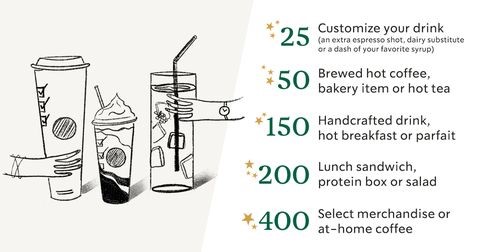
The food and beverage loyalty program sits at the helm of optimized Customer Relationship Management for restaurants’ data usage. And, the best thing is that it’s just one example.
The gold member loyalty program introduces virtual stars that customers can earn within a year’s timeline. From 0 – 299 stars in a given year, it’s easier for average customers to get the green level. If you are able to surpass the 299 stars limit well in advance before the year’s expiry, you are entitled to additional rewards, unlocked gold membership perks, and much more.
In a nutshell, customers love the idea of participating in such programs.
From a strategic point of view, reward programs are nothing new. They are a single aspect of the Customer Relationship Management for restaurants analogy, where F&B conglomerates use them to pivot the revenue aggregation scheme. Of course, it makes customers happy on the side, but at the end of the day, it comes down to your ability to project sales, increase revenue stream, and scale as you go by!
Restaurant Customer Relationship Management
It is no secret that repeat customers are essential for any restaurant’s success. In fact, according to research from Toast, “a five per cent increase in customer retention can lead to an increase in profits by up to 95 percent.” That’s why focusing on building solid relationships with your customers is essential. And that’s where Restaurant Customer Relationship Management comes in.
Restaurant CRM is a customer relationship management system designed specifically for restaurants. It’s a powerful tool that can help you increase customer loyalty and grow your revenue. While the initial investment for a Restaurant CRM system may seem high, the long-term benefits will far outweigh the costs.
In any business, CRM is an excellent step in the right direction, particularly so in the hotel sector. Customer data such as purchase history and contact information can help any company use marketing to its advantage.
Customer analytics is a significant marketing opportunity. By studying customer preferences, habits, and purchases, companies may be able to improve their services while boosting sales and fostering greater client confidence and fulfillment.
The information integration capabilities of a CRM can help you better serve your clients and make positive changes to your restaurant’s business model. Use a CRM to offer outstanding customer service to the most critical assets in your operation: your customers.
Customer relationship management applications can assist restaurant employees in recognizing patterns in client behavior. They’re essential for a more profound knowledge of consumers and appropriately marketing to them. They have the potential to influence future menu choices and deals, depending on purchasing patterns.
Restaurant CRM Strategy
As the restaurant industry becomes increasingly competitive, it’s essential to have a restaurant CRM strategy in place to help you stand out from the crowd. A Restaurant CRM (Customer Relationship Management) system is software that helps restaurateurs manage their customer data, track customer interactions, and nurture relationships.
The main goals of a Restaurant CRM system are to help you increase customer loyalty and grow your revenue. A Restaurant CRM system can do wonders for your business, but only if used correctly. Here are a few tips on using your Restaurant CRM system to its full potential.
First, use your POS system’s data to segment your customers and target them with relevant marketing messages. You can use customer feedback to improve the guest experience, Collect data about your best customers and use it to create targeted marketing campaigns. Keep track of special occasions and send automatic birthday or anniversary greetings. You can use push notifications to stay top of mind with your guests.
By following these tips, you can ensure that your Restaurant CRM system works for you and not against you. Implementing a Restaurant CRM system is only the first step, but it’s crucial. The real key to success lies in how you use it. If used correctly, a Restaurant CRM system can potentially be a game-changer for your business.
Why CRM for Restaurants Is Super Beneficial to F&B Businesses?
Regardless of whether it’s a small or large scale food business, the CRM for restaurants data benefits through the following areas:
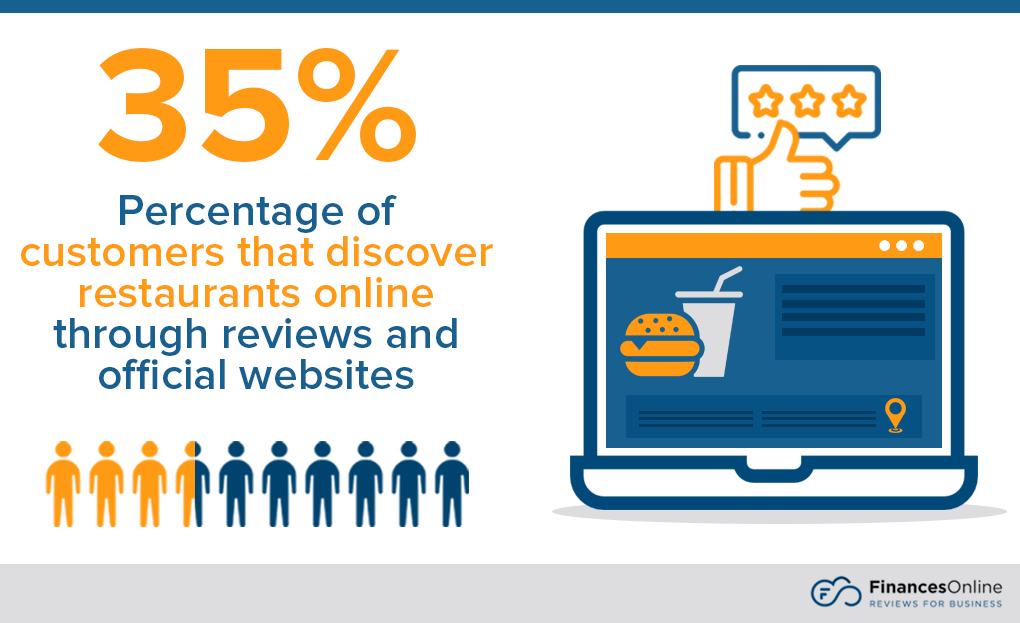
- Based on past customer purchase history, your front-end customer support team can get by with efficient customer service.
- You can collect purchasing pattern history data for your prime customers to offer them additional rewards and incentives.
- Menial customer support tasks can be automated through CRM for restaurant data. Sometimes, the effective deployment of chatbots helps to eliminate additional support time on handling customers who can be easily directed to a prepopulated knowledge base for quick issue resolution.
- The probability of selling to a new customer for food and beverage businesses is between 5% to 20%. This probability percentage doubles (*up to 70%) when the same name-brand food operator is selling to repeat customers.
- Tons of upselling opportunities based on customers’ overall purchase trends.
In other words, without effective use of CRM for restaurant strategies, you will not only end up exhausting your marketing resources, but it will also incur additional expenses that can be mitigated by banking on pre-populated details available already.
7 Best CRM for Restaurants Strategies In 2021
Take a look at some of the best CRM for restaurant strategies, tried and proven over the last few years for robust results.
Restaurant Loyalty Programs and Special Offers:
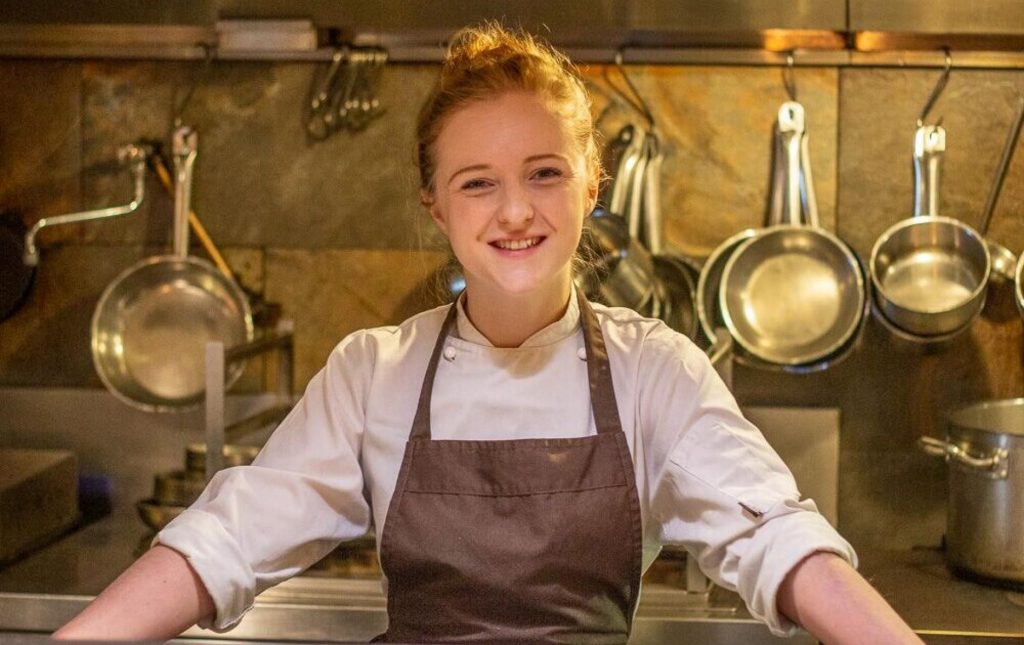
As seen in Starbucks’ case, while loyalty programs work towards a delightful customer experience, it’s an equally profitable move for the food business working behind the scenes.
How so?
If you have a relevant loyalty program in place, it can point to every dollar that you have doted on marketing and scalability campaigns. And that’s, to say the least. However, what most F&B businesses don’t know is that these programs aren’t all about offering discount codes and running promo deals through straplines on the mobile food ordering website.
There’s more to it.
Date Centric Events:
Every customer that signs up at your food ordering website also enters his/her birth date, right? These dates can be used to target prime value customers by not only sending them a hearty message on their cake day, but you can also offer them special deals.
Your customers will feel loved and they’ll be ecstatic over the prospect of using that discount deal towards their next order.
In a nutshell, you didn’t have to spend any money to send someone a birthday greeting. The data is there already. All it takes is a bit of ingenuity to make someone’s day a bit more special, while you get by with easy customer retention and future referrals.
Cashback System:
A cashback system is a simple way of gaining loyalty through CRM for restaurant data.
How does it work?
For every X amount of purchases made by a customer on your food ordering online portal, set up a system to credit these customers’ accounts with a small percentage against the order amount. Your customers will be able to redeem that percentage on their next order.
But, here’s the fun part.
You can incentivize the Cashback program by setting up milestones for customers. Let’s say a 20% Cashback deal is available on So-and-so food menu orders after X amount of previous orders in the customer history. This way, food lovers have something to work for, while you get to streamline your revenue through a well-maintained and monitored system.
Punch Cards for In-House Patrons:
With COVID-19 restrictions slowly lifting off, and most of the restaurants returning to “business as usual” protocol, it is time for you to introduce a punch card loyalty program.
The idea is simple. Ever seen those store membership cards that shoppers have with them all the time?
Your punch card is basically the same card, but every time a customer checks out, punch out a section of the card against the person’s purchases. After a set number of transaction/ punch holes, offer your customer a free meal or a super discounted deal that would want him/her coming back for more.
Targeted Marketing Campaigns:
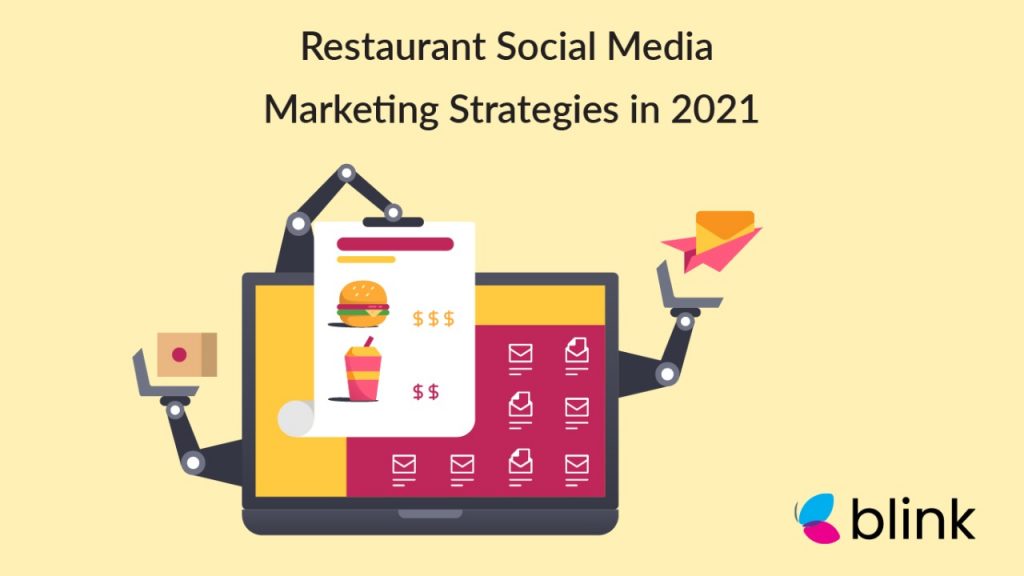
Beyond the realm of building customer relationships, another effective use of Customer Relationship Management for restaurants’ information is to apply it to marketing campaigns.
Needless to say, those marketing campaigns that are used to establish a connection with the customer during the post-purchase phase are best for fostering future relationships.
As a food business operator, we already know that you have your customers’ email addresses. Why don’t you use that information for running email marketing campaigns through an automated email sender tool?
While doing so, make sure that you are only sending emails twice a week. Customers get super annoyed when they are bugged by business emails pouring into inboxes every other day. Don’t do that! Keep it humble and friendly to maintain a sound relationship with a customer who has already dined at your establishment before.
SMS Marketing Through Customer Relationship Management For Restaurant Strategy:
Compared to email, SMS messages have a high visibility rate. Since everyone has their mobile phone with them, there’s a high chance that your customers will not be able to ignore your food business marketing messages.
The key is to keep your customers informed about your latest promo deals, whatever food-related updates you have, or anything special you have got going on.
SMS marketing also works for food truck businesses. By sending customers a heads-up about the mobile street food businesses’ next big stop, customers can prepare in advance to make sure that they don’t miss visiting the mobile establishment. These strategies have a high ROI rate for popular name-brand food restaurants that already have a decent following.
A Classy Customer Service!
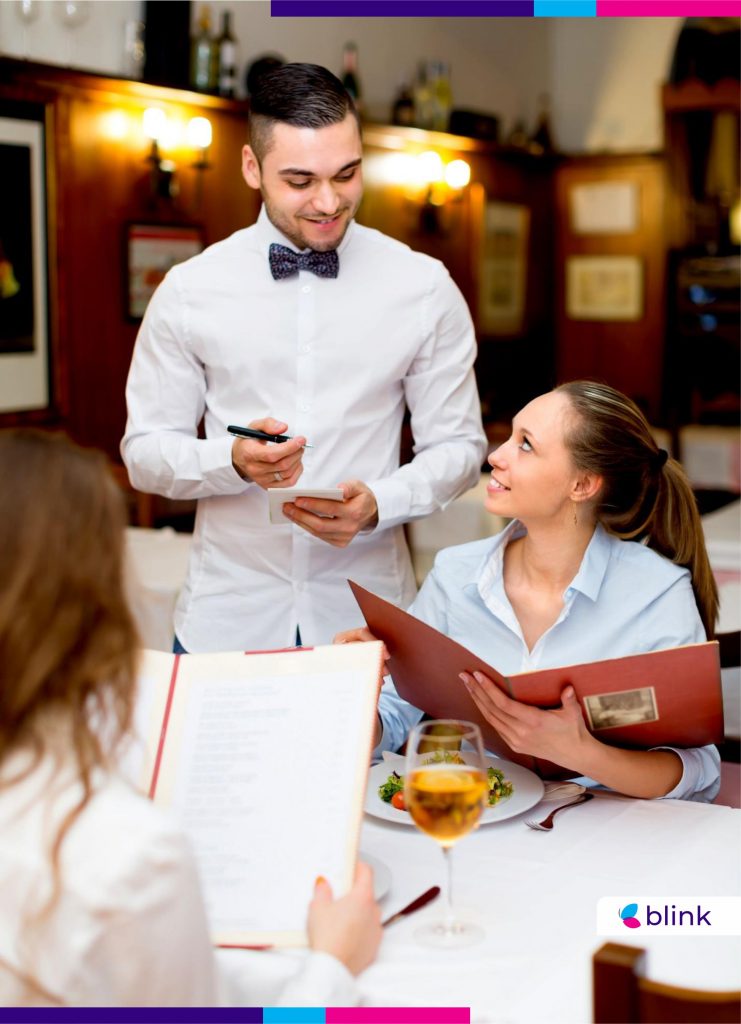
Outstanding customer service is always a guaranteed way of building up your CRM for restaurant database.
Why wouldn’t your customers want a revisit, if they experienced a delightful customer experience the first time?
The key is to maintain high-standard customer service, regardless of whether it’s a customer’s first, or fifteenth visit to your food business establishment. As for online food businesses, go out of the way by remaining in touch with customers through an online feedback system, phone calls, and other support portals.
Customers resonate with the “concern” factor. If you can show that, it’s all well taken care of from a business scalability point of view.
For best results, make sure you are keeping up with the following practices:
- Keep customer wait times super short. Whether it’s an online food business or a popular real-life establishment, customers need to be serviced quickly through an efficient order fulfillment process.
- Develop a habit of anticipating your customer requirements. Use CRM for restaurant to see if the customer has a previous ordering history, and try to overdeliver through comps and extra items to make sure that the customer’s needs are well-cared for.
- Train your staff to smile more often. Nothing breaks the ice than a good smile and courteous voice tone for food businesses.
Use Online Food Merchant Services Towards Optimized CRM For Restaurant Results:
An online food services merchant is a platform that helps your food business to carry on with its usual operations on the internet.
These merchants have integrated solutions to fulfill customer orders, make food deliveries, customer support requirements, and much more.
If you are own a small-scale business or run a food startup, then Blink Co can help you through a unique CRM for restaurants system. We’ve got POS tools, fleet management, and a rapid food order fulfillment system, alongside the addition of the following perks:
- Dedicated back-end space for your name-brand restaurant
- Your online customer data is stored and managed in a retrievable format
- We offer valuable insights about your customers through the analytics portal
- You can predict sales based on customers’ existing spending habits
- Run marketing campaigns directly through Blink Co without partying up with 3rd party companies
- Use SMS marketing to keep customers updated
- Create food order menus through a lightning-fast menu creator
Above all, everything offered by Blink Co. to restaurants is white-labeled. Your customers will remember your services through your business’s brand name – and much more!
It’s time for you to own your CRM data and see where it takes your business.
Good luck, and don’t forget to share valuable feedback on this post in the comments section below.
Related Articles:
 How to Write a Restaurant Food Business Plan for Restaurants In a Post Pandemic Industry?
How to Write a Restaurant Food Business Plan for Restaurants In a Post Pandemic Industry?
 Top 8 Michelin Star Restaurants in Dubai You Can Order From
Top 8 Michelin Star Restaurants in Dubai You Can Order From
 How to Attract More Customers to Your Restaurant (*Updated 2023 Guide)
How to Attract More Customers to Your Restaurant (*Updated 2023 Guide)
 POS Software for Restaurants to Use In 2021 (NEW GUIDE!)
POS Software for Restaurants to Use In 2021 (NEW GUIDE!)
 Innovative Ways on How to Increase Online Restaurant Sales
Innovative Ways on How to Increase Online Restaurant Sales
